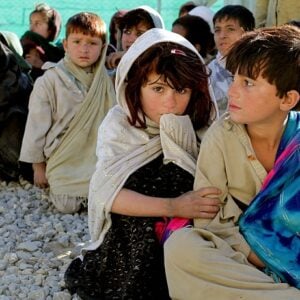UNICEF has warned that Official Development Assistance (ODA) for education is expected to fall by $3.2 billion, representing a 24 percent decline from 2023. Nearly 80 percent of these cuts are concentrated among just three donor governments. The decrease in funding could push the number of out-of-school children worldwide from 272 million to 278 million, an amount equivalent to closing every primary school in Germany and Italy combined. UNICEF Executive Director Catherine Russell emphasized that cuts to education have profound consequences on children’s futures.
The regions most affected will be those already vulnerable, with West and Central Africa potentially seeing 1.9 million children lose access to school, while 1.4 million more could be impacted across the Middle East and North Africa. In total, 28 countries are projected to lose at least a quarter of the education aid they depend on, with Côte d’Ivoire and Mali facing some of the steepest declines, risking the enrolment of 340,000 and 180,000 students, respectively.
Primary education is set to bear the heaviest burden, with funding expected to drop by one-third. UNICEF cautions that this could deepen the global learning crisis and cost affected children an estimated $164 billion in lost lifetime earnings. In humanitarian contexts, the consequences could be severe; for example, 350,000 Rohingya refugee children risk losing access to basic schooling permanently.
Beyond access, essential services like school feeding programmes, which may provide children’s only reliable meals, could see funding halved. Support for girls’ education is also expected to shrink, and at least 290 million children remaining in classrooms could face declining learning quality.
In response, UNICEF is urging donors to allocate at least half of all education aid to least developed countries, protect humanitarian funding, and prioritize early years and primary schooling. The organization also calls for reforms to make education financing more efficient and sustainable. Catherine Russell highlighted that education in emergency settings often serves as a lifeline, stressing that investing in children’s education is one of the most impactful investments for the future.







